
California Native Plants for the Garden: Bonus Profiles – Part 3
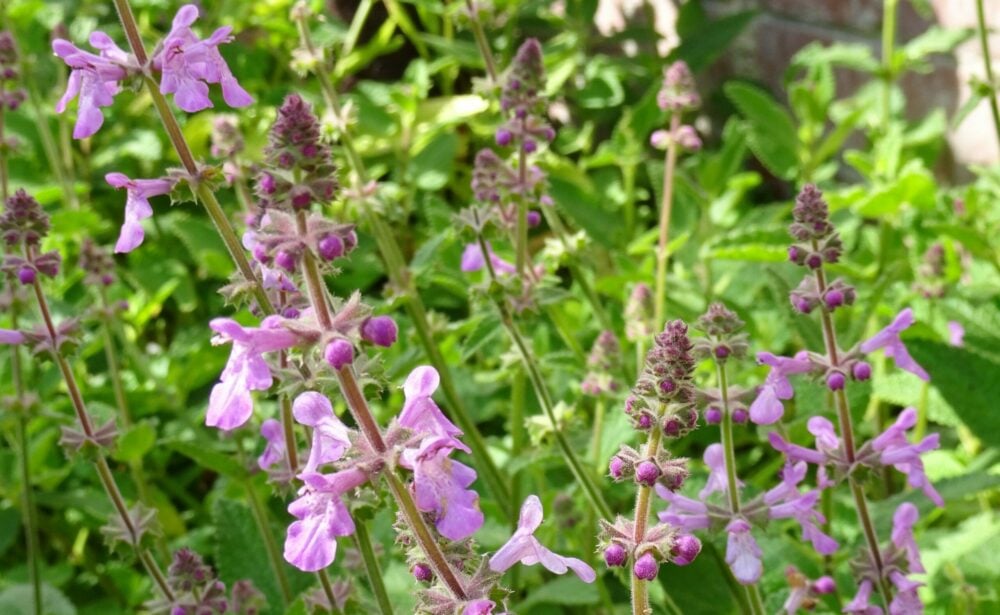
Contributor
- Topics: Plants You Need
Fall 2023
Originally published in 2005, the highly regarded California Native Plants for the Garden is now in its 11th printing. While writing the book, authors Dave Fross, Bart O’Brien, and Carol Bornstein had a tough time deciding which plants to include in this award-winning reference. Some personal favorites ended up on the cutting room floor due to space constraints and, to celebrate this new printing, they have revised and updated three of those profiles for online viewing only. Pacific Horticulture is delighted to publish them.
This is the third in a three-part series.
Stachys bullata
Wood Mint
Mint Family (Lamiaceae)
Plant Type: Evergreen herbaceous perennial.
Geographic Zones: All zones, though difficult in deserts.
Light: Partial shade.
Soil: Adaptable.
Water: Regular to drought tolerant.
Natural Habitat & Range: Dry slopes and canyons in chaparral, woodlands, and forests; San Francisco County south to Orange County.
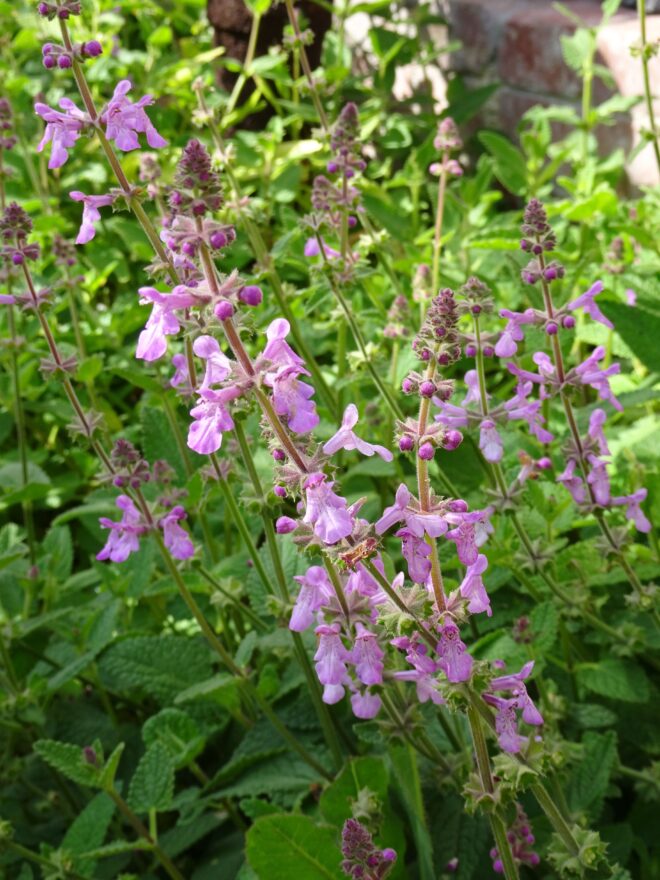
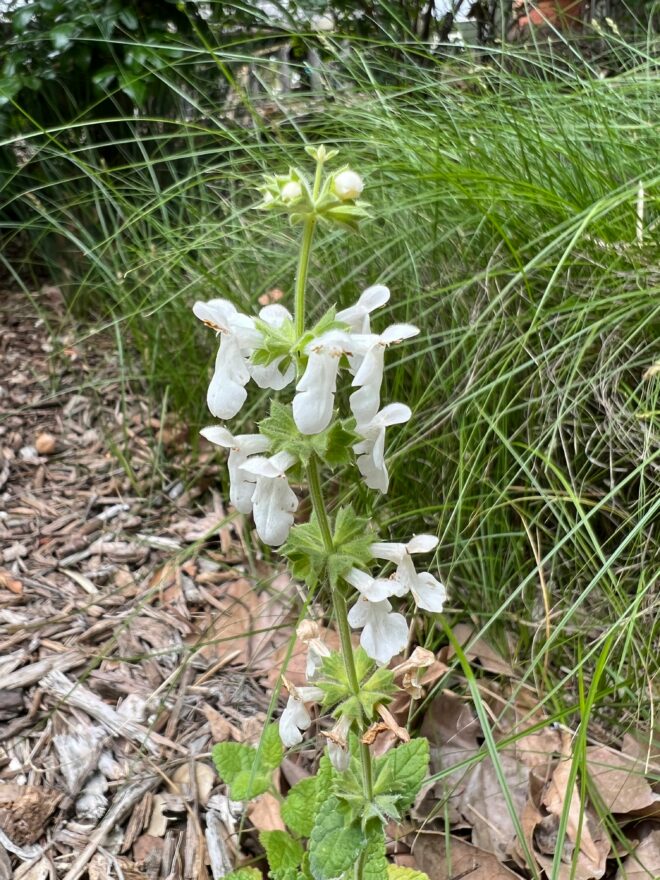
In the light shade of deciduous water-loving trees and shrubs, few plants are better at creating a wild riparian garden than wood mint. It spreads with abandon through moist portions of the garden by a dense network of rhizomes. It should not be introduced into a small garden without considerable forethought.
Like many other native plants, this species encompasses a tremendous amount of natural variability, and all but those from Santa Cruz Island share the characteristic pungent aroma from the stems and leaves that render them inedible by deer (though unscented plants are freely eaten by deer). Individual plants may vary in height from 6 inches to 3 feet. The light-green leaves are covered with soft short hairs and have shallowly scalloped margins. Flowers are held in small whorl-like clusters at regular intervals along the square stems. Each pinkish to lavender flower is quite attractive, but a hand lens is necessary to appreciate the intricate pattern of spots, lines, and hairs. Plants bloom from spring to summer, and those growing in more shade often flower less than those in more sun. Wood mint flowers are an important nectar source for bees, butterflies, and other insects.
There are at least four selections that are occasionally available: ‘Moonglow’ is a new introduction with white flowers; an unnamed “dark pink” flowered selection; a scentless selection from Santa Barbara Botanic Garden that has been tentatively called “scentless pink” dates from about 2012; and the oldest named cultivar ‘Rocky Point’ (from that location in Monterey County) that is thought to be more compact was named around 2005 and introduced by Native Sons Nursery.
Use wood mint with other vigorous denizens of riparian habitats, and let the plants decide which one is best suited for each niche in the planting. Pleasing associates include mugwort, western columbine, California goldenrod, Douglas iris, showy and narrow-leaved milkweeds, wire grass, and deer grass. It is a good candidate for use as a groundcover in the dry shade of oak trees, though plants spread much more slowly and flower sparingly in such conditions.
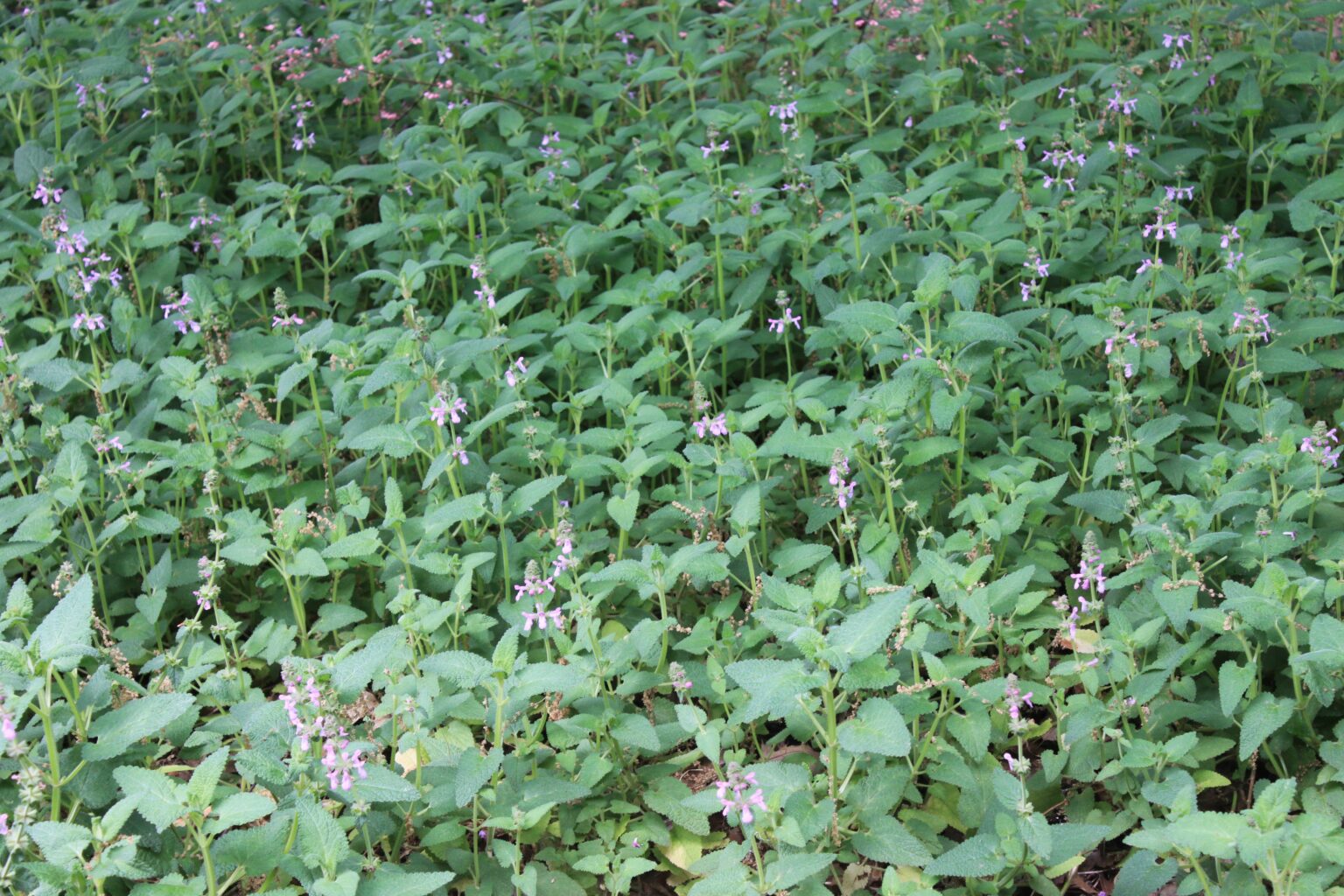
For best results, prune plants back to the ground in fall, winter, or whenever they get out of control or look disheveled. Ample shoots of fresh foliage emerge in mid-winter or early spring. Red spider mites sometime attack the foliage, but these may be controlled with soaps or horticultural oils.
Other Species: Hedge Nettle, Stachys ajugoides, is native to moist places and dry hillsides below 8,000 feet from throughout California (except deserts) to British Columbia, Canada south to northwestern Baja California, Mexico. It is not at all related to “true” nettles, so it lacks their stinging hairs. This plant is an excellent, though aggressive, groundcover for areas with regular to moderate watering.
California Native Plants for the Garden is now in its 11th printing and is available at Native Sons Nursery.
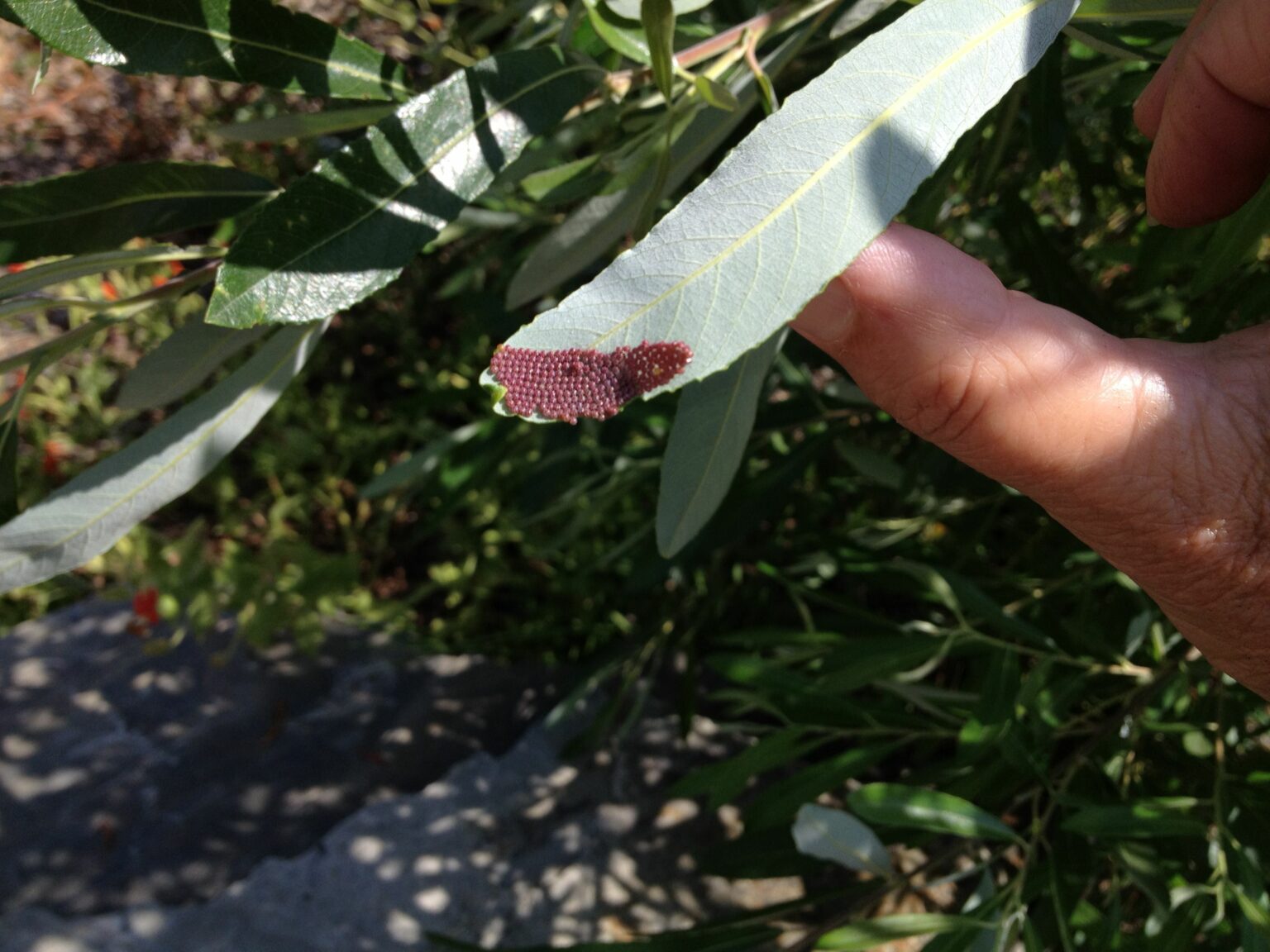
This article is sponsored by: Western Horticultural Society










Responses